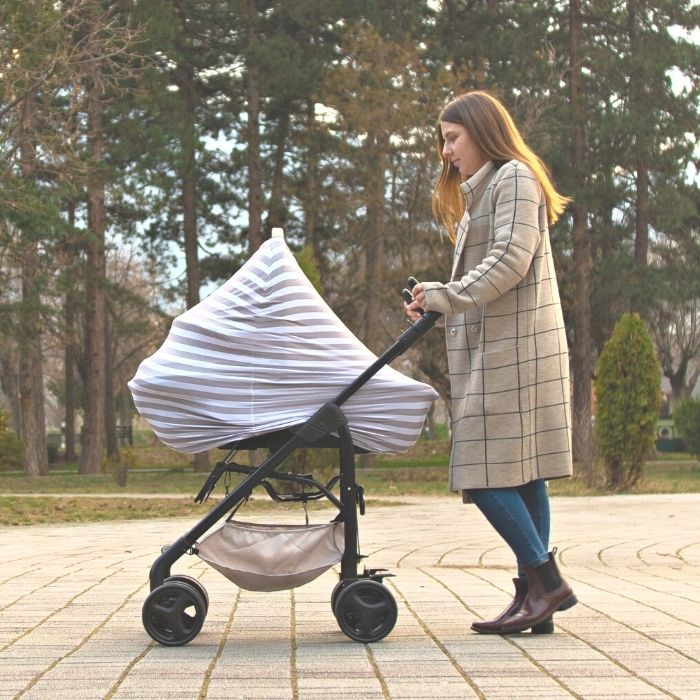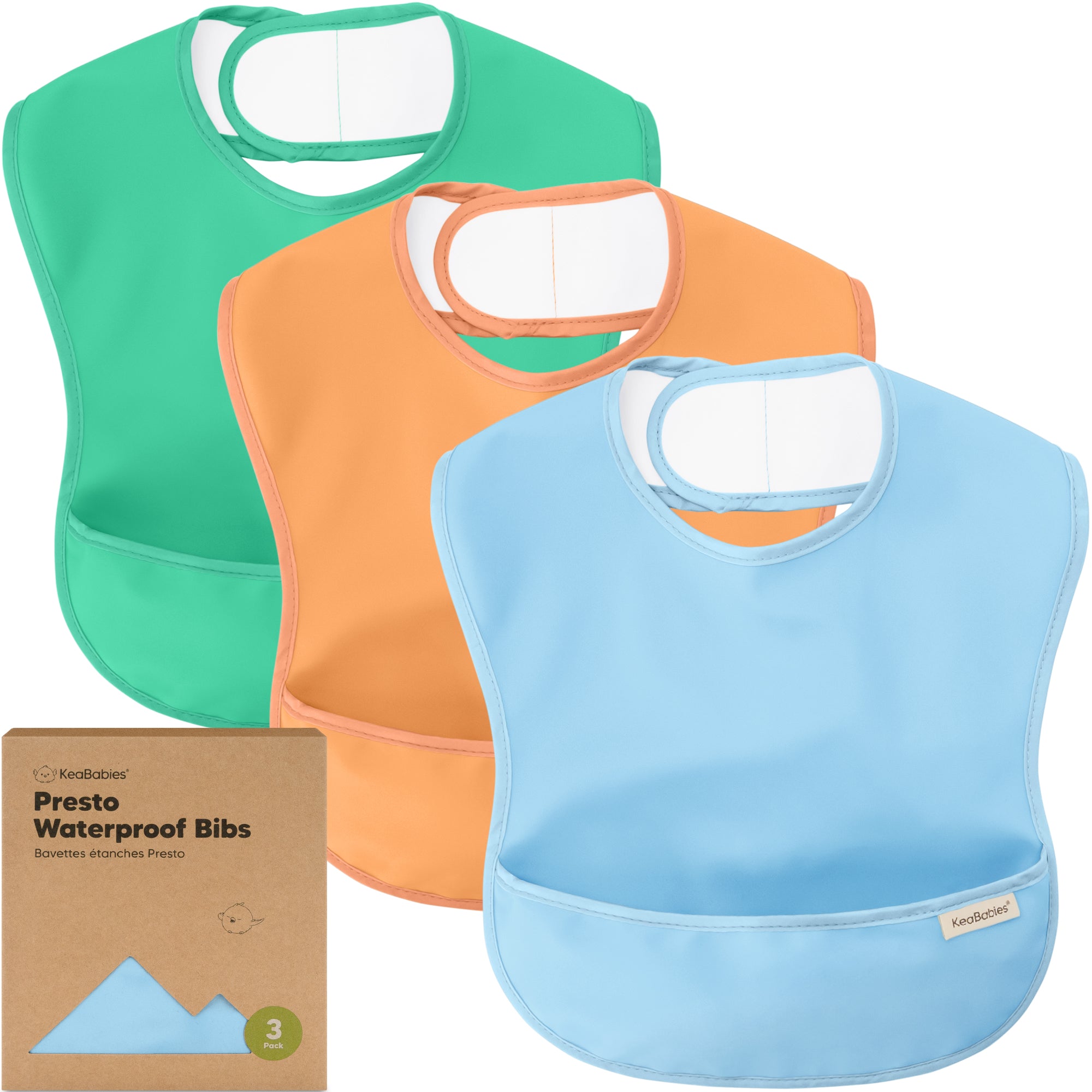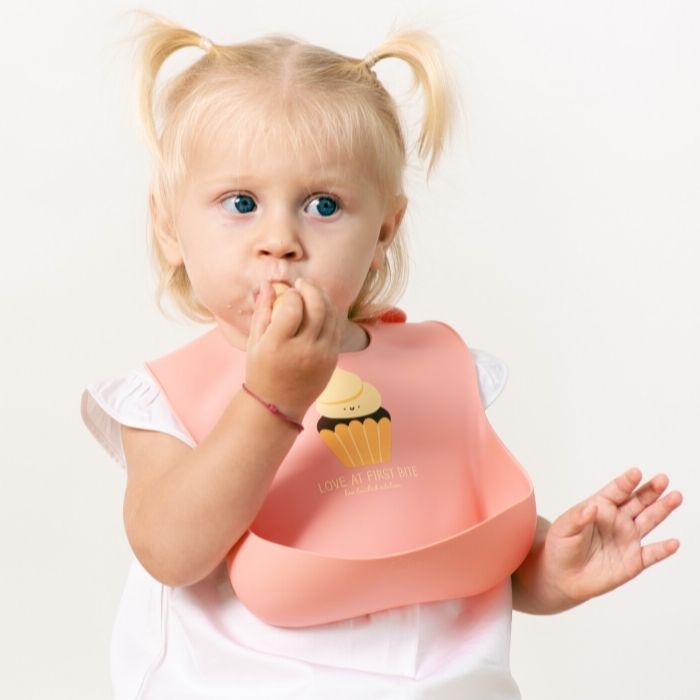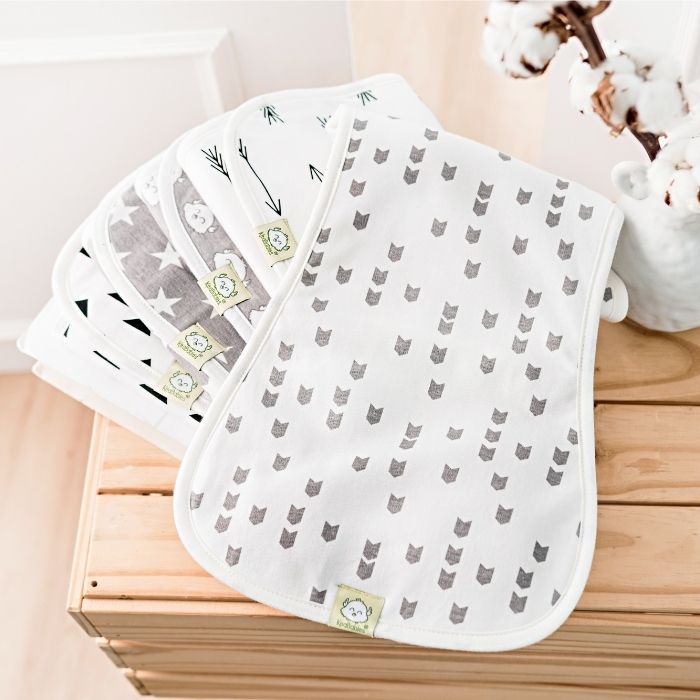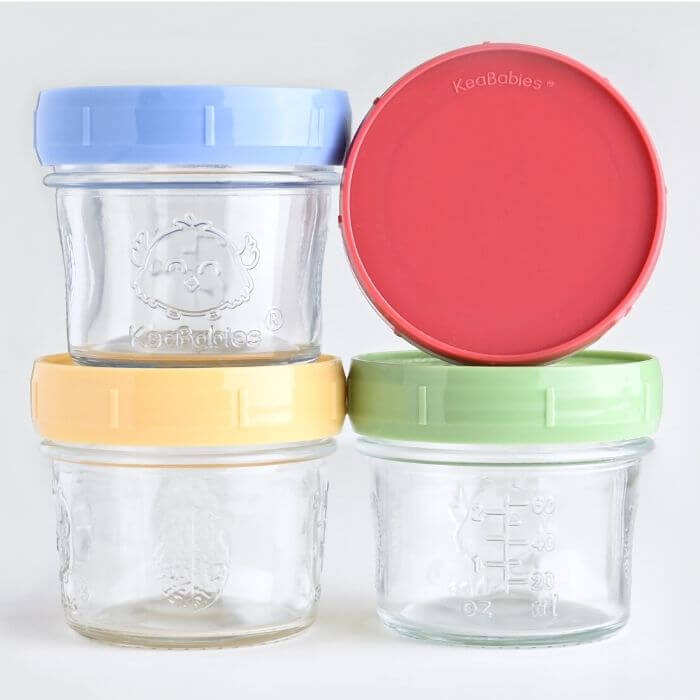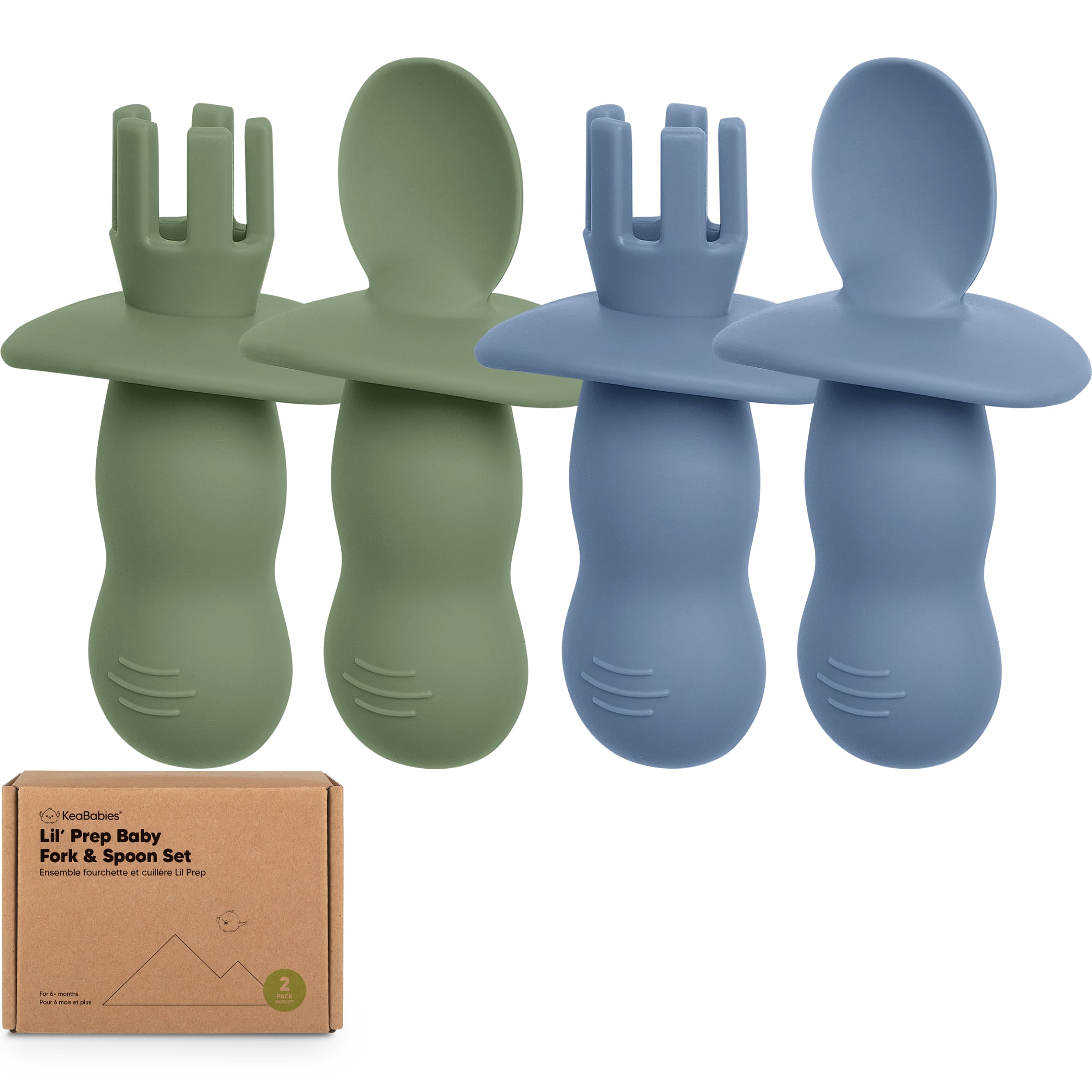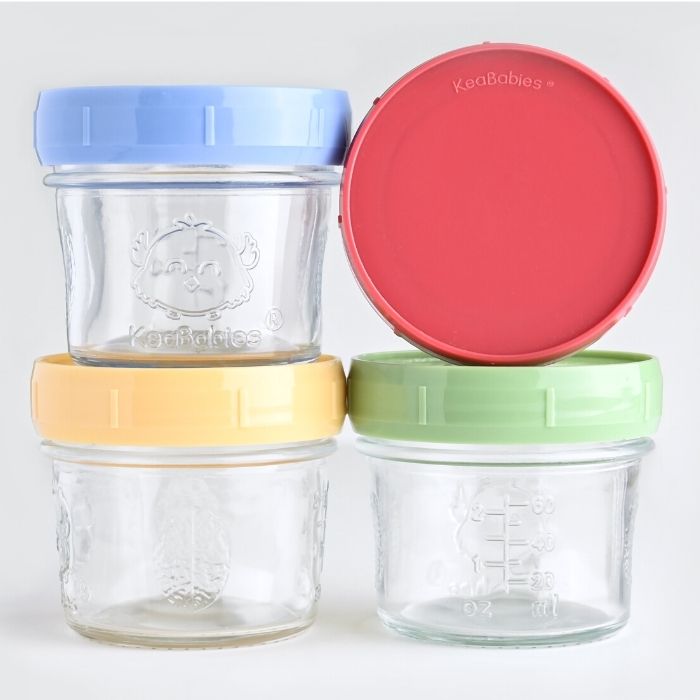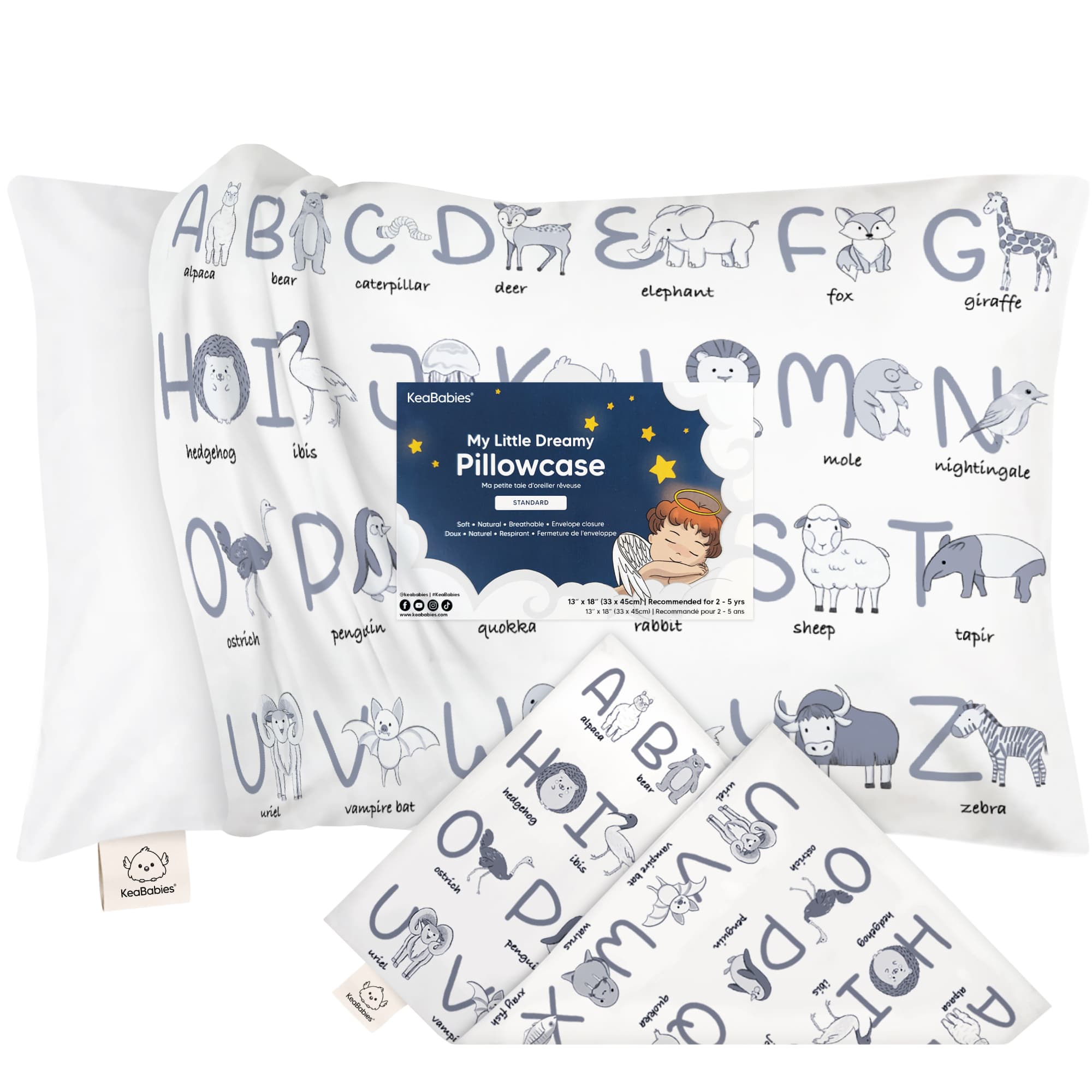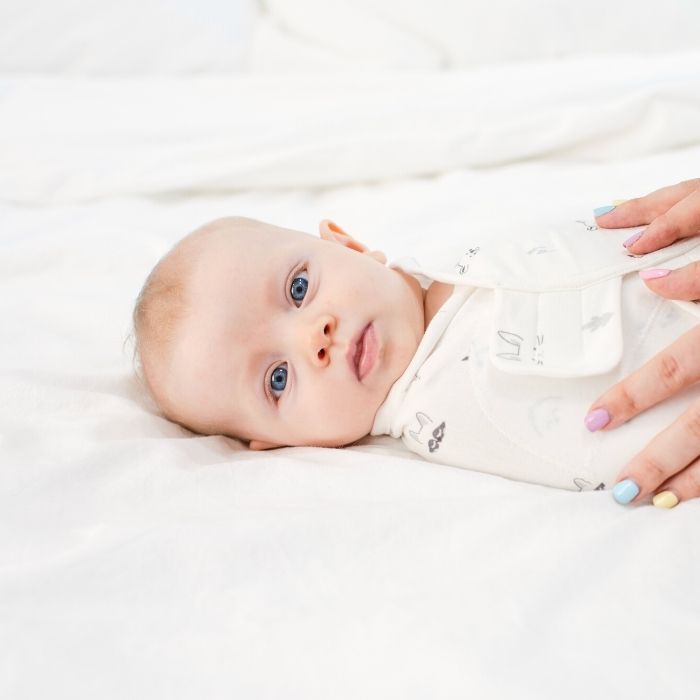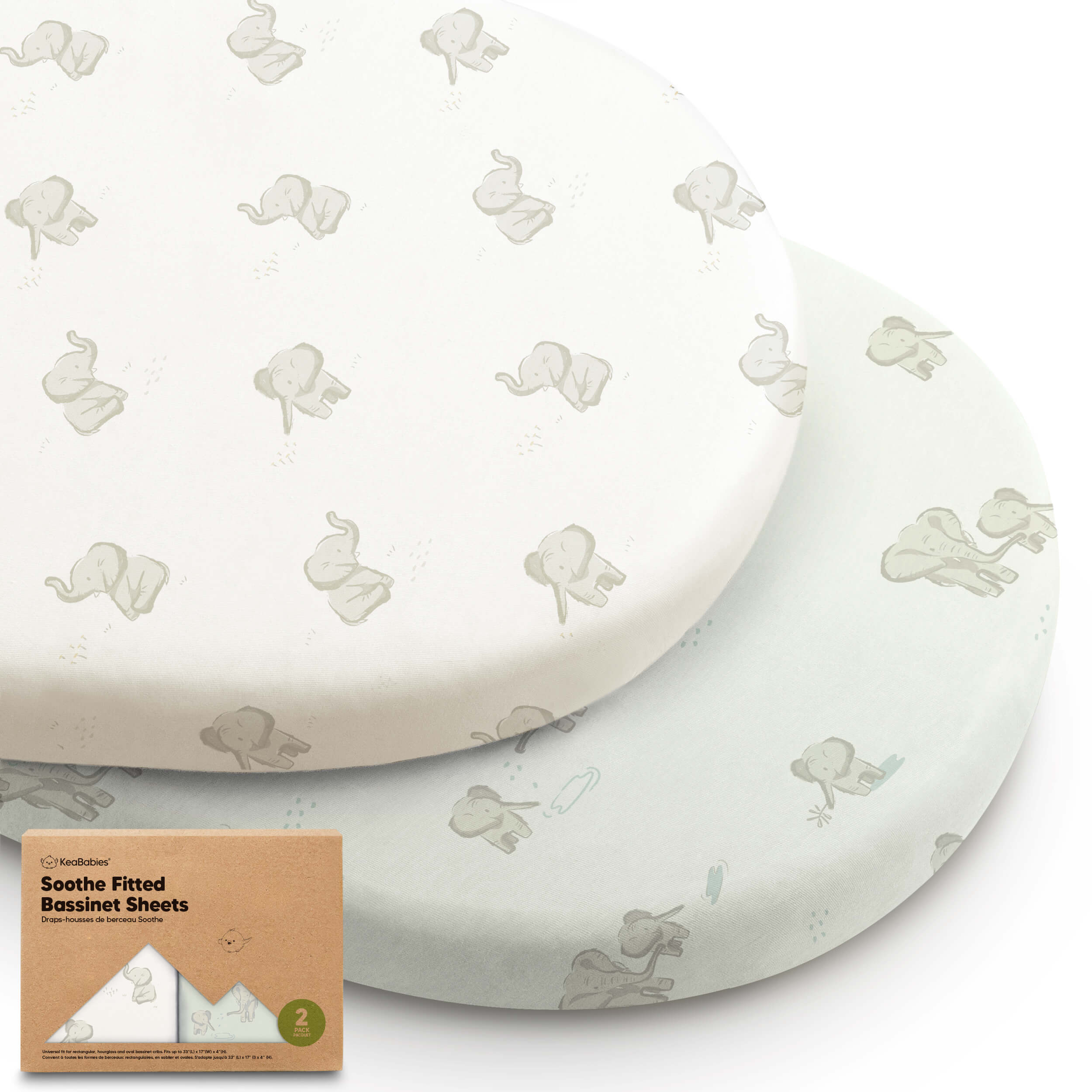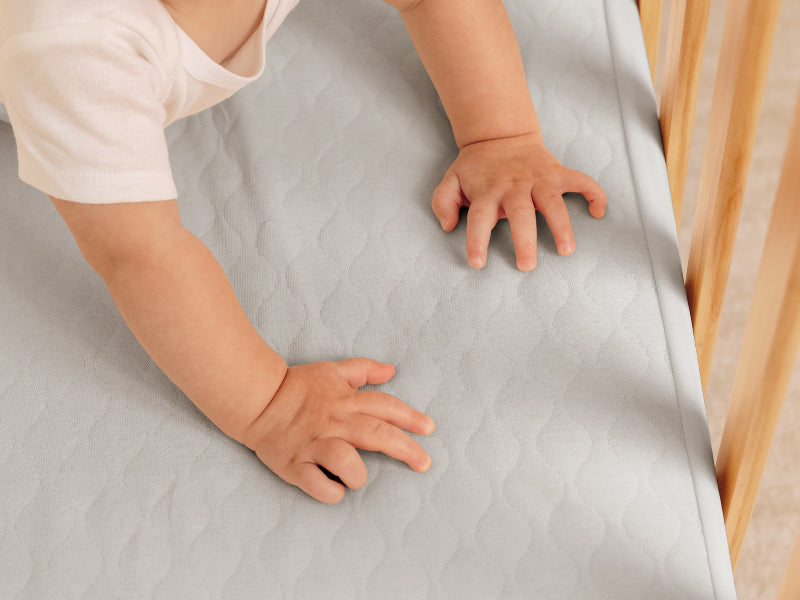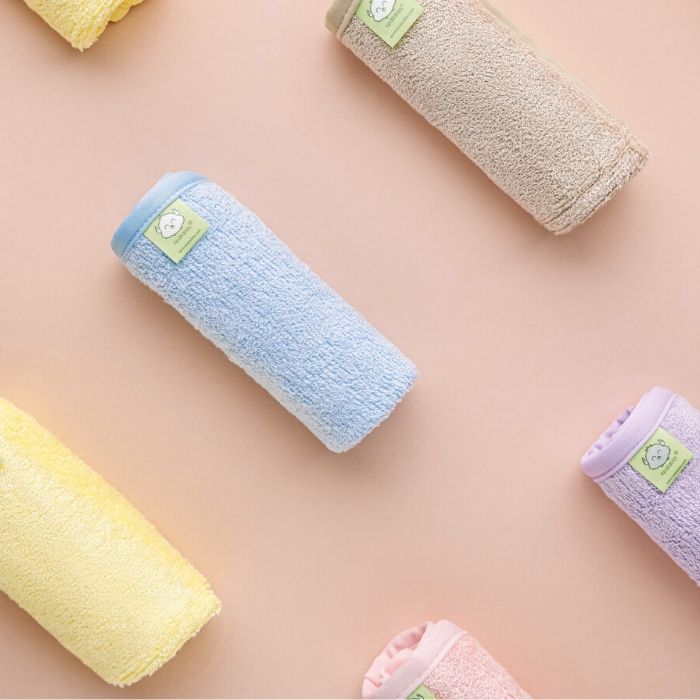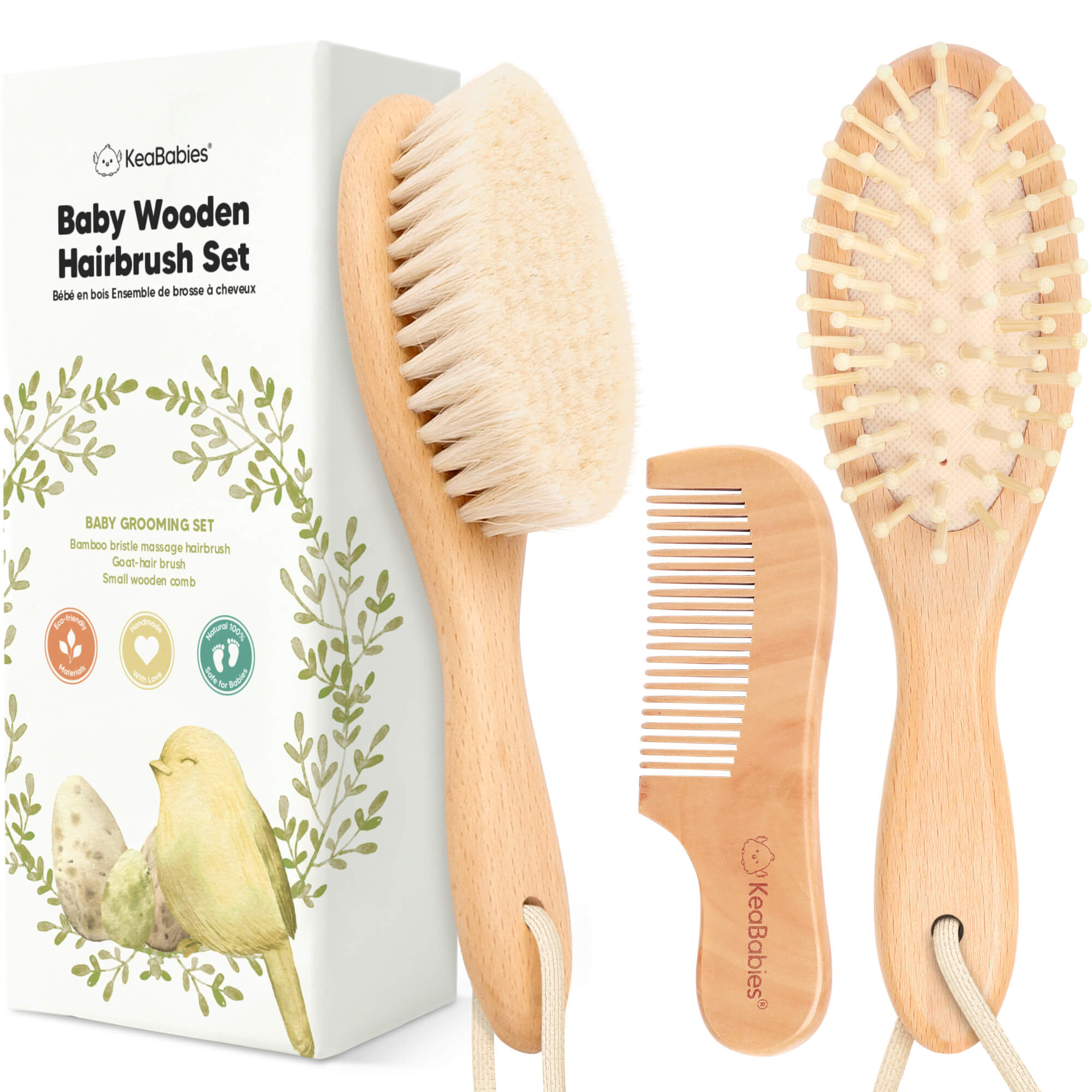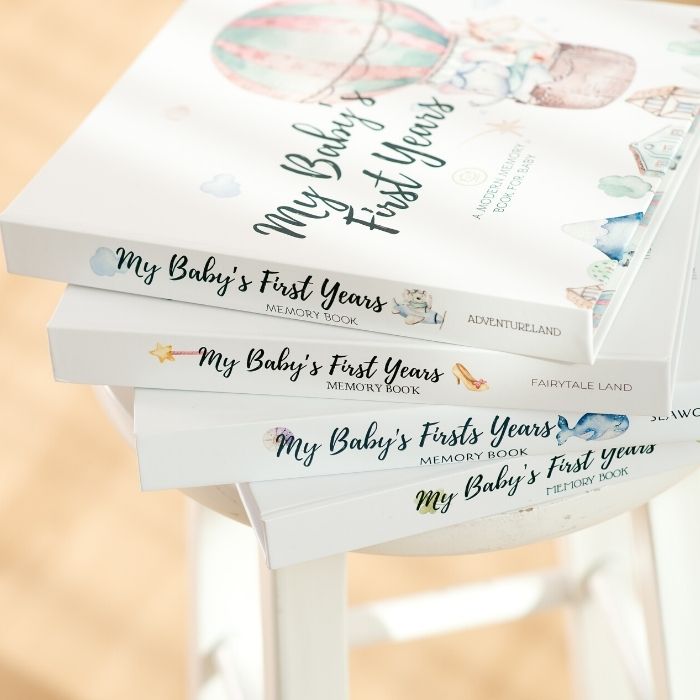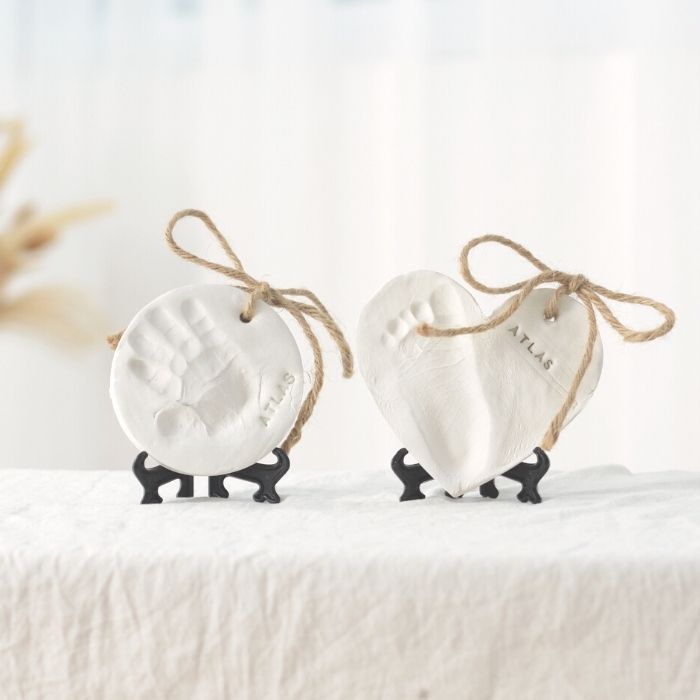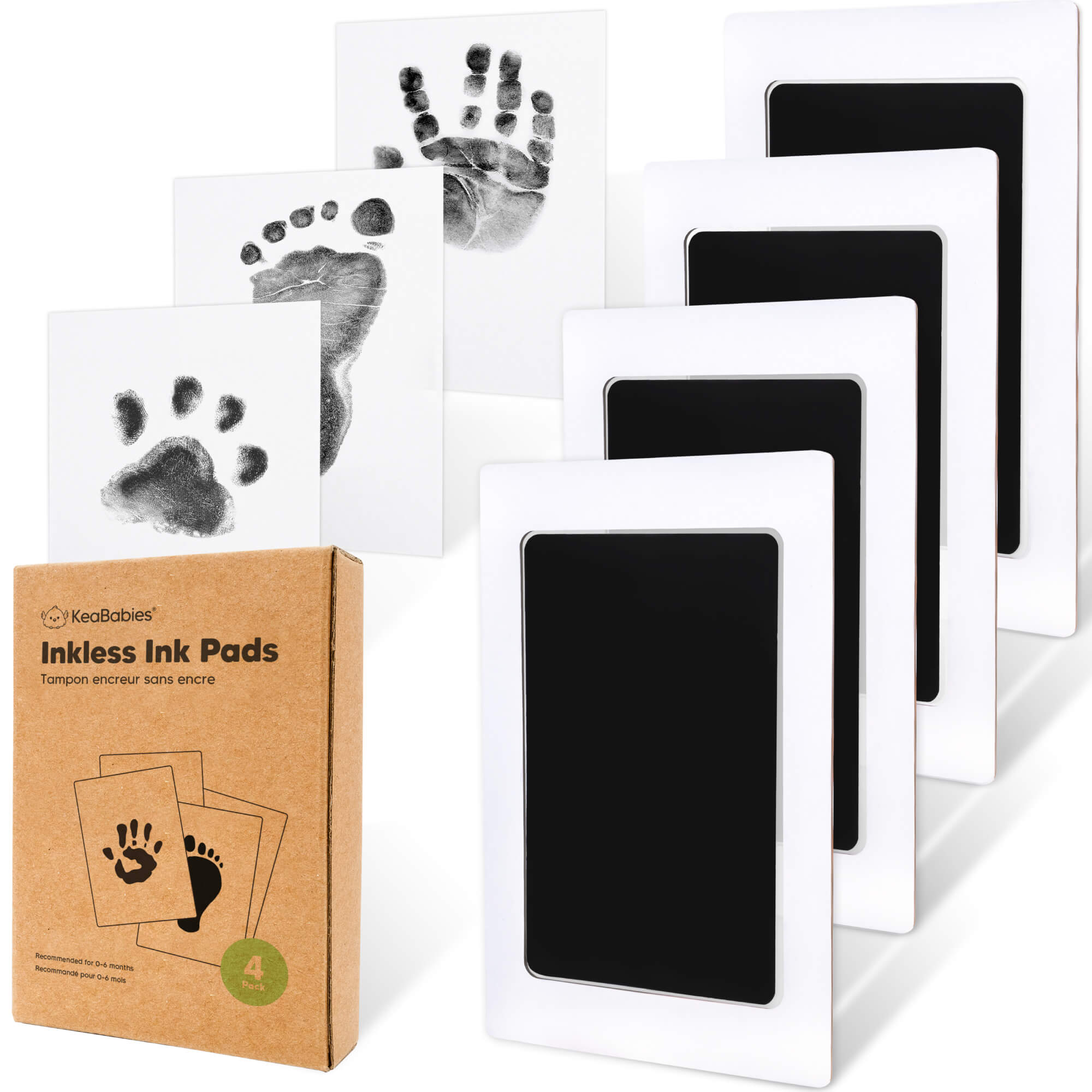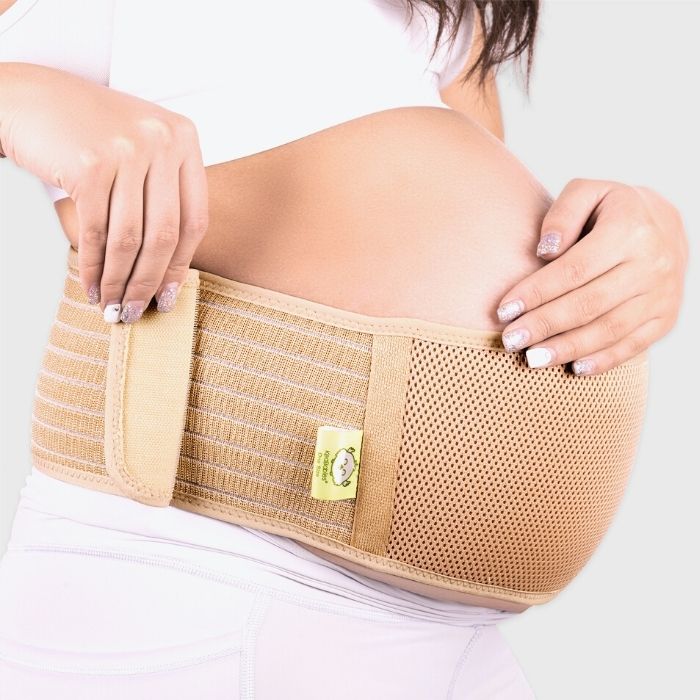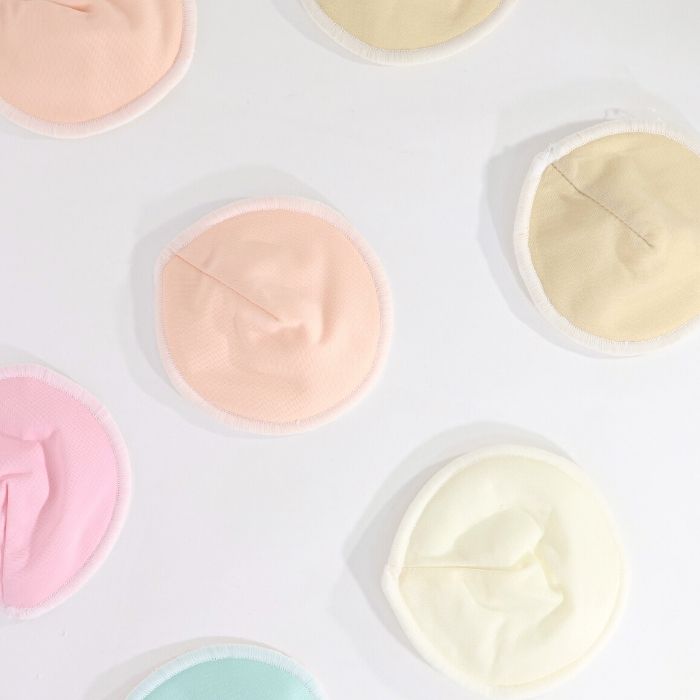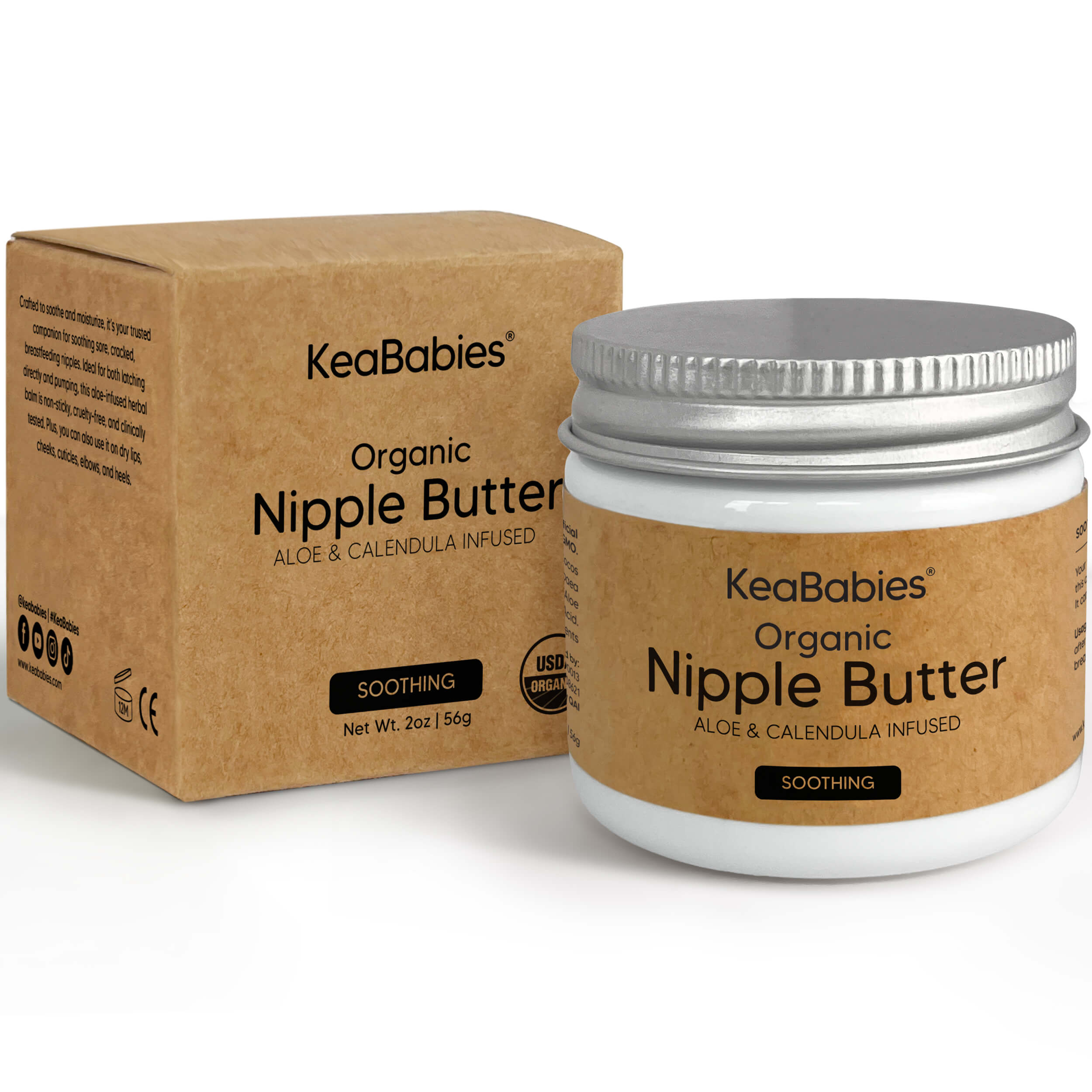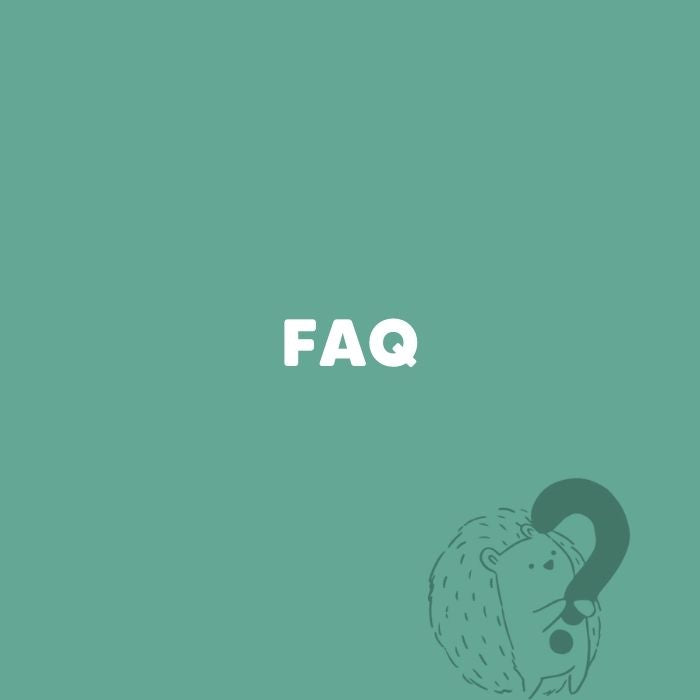
Is Mastitis More Common for Breastfeeding Moms During the Warm Summer Months?
Mastitis is an infection that affects breastfeeding moms and can be incredibly painful to deal with. Read on to learn about how you can lower your risk of mastitis, especially during the warm summer months.
Breastfeeding moms: have you ever heard of mastitis? There are increased risks of getting mastitis during hot weather, and knowing how to recognize early signs and practice prevention steps can make a big difference in your breastfeeding journey. Don't let mastitis get you down during these warm summer months!
Mastitis, A Common Breastfeeding Challenge
Breastfeeding challenges can affect any new mom, regardless of the season - and mastitis is one of those challenges. Many women experience mastitis during breastfeeding, making it a common issue among new mothers. It is an inflammation of the breast tissue that can cause breast pain when you feed your baby, swelling in one breast (or both), and redness on the skin’s surface.
Understanding the risk factors and causes of breast infection can help prevent and manage symptoms and get treatment right away. Some risk factors include cracked or sore nipples, poor breastfeeding technique, and bacterial infection.
Breast milk production and milk ducts play a pivotal role in breastfeeding, and any blockage or infection can lead to complications - a blocked milk duct can cause breast tenderness, a breast lump, and breast pain.
It is important to monitor both breasts for symptoms and complications. Seeking medical advice early on can help prevent severe symptoms and promote your overall health. A lactation consultant can provide guidance on proper breastfeeding techniques and help identify potential issues, and your doctor can prescribe antibiotics to help treat the infection.
Understanding Risk Factors of Mastitis
Risk factors for mastitis include blocked milk ducts, poor breastfeeding technique, and nipple damage - a sore or cracked nipple can provide an entry point for bacteria. Breastfeeding moms who experience long periods without feeding or pumping milk are at a higher risk of developing mastitis, because this can lead to a blocked duct and potentially cause a breast abscess.
Other risk factors include previous breast surgery, breast cancer, and certain medical conditions - these can increase the risk of breast infection and other complications.
Understanding these risk factors can help new mothers take preventive measures and seek medical attention if they notice symptoms arise. This can include working with a lactation consultant and monitoring for signs of infection.
How Breast Anatomy Affects Milk Production
The breast anatomy consists of milk ducts, glands, and fatty tissue. Milk production occurs in the glands and is transported through the ducts to the nipple. Milk flow and production can be affected by various factors, including frequency of nursing sessions and overall health. A healthy diet and adequate hydration can also support good milk production.
Breast tissue and milk ducts can become inflamed or infected, leading to mastitis. This can cause breast pain, swelling, and redness, as well as flu-like symptoms for breastfeeding mothers. If you notice any of these symptoms of mastitis, it is important to make an appointment with your healthcare provider.
Understanding breast anatomy and milk production can help new mothers navigate breastfeeding challenges - this can include recognizing the signs of a blocked duct or breast infection.
What Are Some Causes of Breast Infection?
Breast infection, including mastitis, can be caused by bacterial infection (typically Staphylococcus aureus). This bacteria can enter the breast through a cracked or sore nipple, especially if bacteria from the baby's mouth enter through the damaged skin.
Other causes include blocked milk ducts, poor breastfeeding technique, and nipple damage. The warm summer months are also a time when there is more risk of mastitis for a nursing mother.
In very rare cases, breast cancer can cause symptoms similar to mastitis, and it is essential to seek medical attention if symptoms persist or worsen.
Breastfeeding moms should be aware of the causes of breast infection and take preventive measures to avoid infection. This can include practicing good hygiene and monitoring for signs of infection.
Symptoms and Diagnosis
Common symptoms of mastitis include breast pain, swelling, redness, and warmth, often in a wedge-shaped pattern, and can be accompanied by flu-like symptoms, such as fever and chills.
A breast abscess can develop if mastitis is left untreated, leading to more severe symptoms like pus, swelling, and redness, as well as a fever.
Diagnosis of mastitis typically involves a physical examination and medical history. Your doctor may also perform a breast ultrasound or biopsy to rule out other conditions. Early diagnosis and treatment can help prevent severe symptoms and promote recovery. Typically, this includes antibiotics and supportive care, such as plenty of rest and hydration.
Treatment and Management
Getting plenty of rest and staying hydrated can help treat mastitis, as well as taking antibiotics as prescribed. Breastfeeding mothers should continue to nurse their babies frequently, as this can help clear the blockage and reduce symptoms.
Sometimes mastitis is caused by poor feeding technique, and a lactation consultant or nurse can provide guidance on breastfeeding tips and tricks. They can help make sure the baby’s mouth is opening wide enough to take in the nipple, give tips on how to hand express milk or use a breast pump, and tips to produce more milk. Encouraging mothers to nurse with proper latch is important to prevent and treat mastitis.
Make sure you change positions when nursing to make sure each breast is drained when you feed your baby. If you have dry or cracked nipples, be sure to treat them with soothing cream in between feedings, since bacteria enter through a cracked or sore nipple sometimes.
Applying heat or cold packs to the affected breast can help reduce pain and discomfort. Using an ice pack can also help reduce swelling and relieve pain. Together with other treatments, such as antibiotics, breastfeeding moms can be on the mend in no time.
In more severe cases, hospitalization may be necessary to manage symptoms and prevent complications like an abscess. This can include intravenous antibiotics and supportive care.
Preventing Breastfeeding Challenges During Hot Summer Weather
Preventing breastfeeding challenges, such as mastitis, requires a combination of good breastfeeding technique, frequent feeding sessions, and overall hygiene. New mothers should learn the risk factors and causes of breast infection, helping them take preventive measures and seeking medical attention if symptoms arise.
Tips For Breast Health During Hot Seasons
During the hot summer months, infections like mastitis can be more common. Practicing good hygiene, such as washing your hands before each feeding session, can help prevent bacterial infection. You should also practice avoiding tight clothing and ensuring proper breast support. Things like underwire bras can hurt your milk production, especially if they are too tight on the breast.
Hydration is key - drink extra fluids.
Staying hydrated and getting enough rest can also help support milk production and overall health. Drinking enough fluids is essential for milk production, but it can be especially important for moms during the summer. All nursing moms should be sure to stay hydrated. Keep a water bottle handy when you're on the go, or create a nursing station at home with water bottles nearby for easy access whenever you're nursing your baby. This can reduce the risk of breastfeeding challenges and promote a healthy breastfeeding experience for mom and baby.
Prevent inflammation or a painful blocked milk duct.
Do things that reduce inflammation, like feeding your baby on demand. Babywearing can be an amazing asset even during the summer, especially with breathable wraps like the KeaBabies Original Wrap Carrier. Using a nursing cover like the KeaBabies All-in-1 Multi-Use Cover can also help you feed your baby on demand while out and about with privacy. Plenty of skin to skin contact also helps boost your milk supply.
When to Call Your Doctor
Knowing when to reach out for medical help is key to managing mastitis and preventing more serious complications. As a nursing mom, you should call your doctor if you experience any of the following symptoms:
-
Severe breast pain or swelling that doesn’t improve at home
-
Fever or flu symptoms, such as chills, body aches, or fatigue
-
Redness or swelling that spreads beyond the affected breast
-
Pus or discharge from the nipple
-
A breast lump or area that feels hard
-
Swollen or painful lymph nodes near the breast or under the arm
-
Difficulty feeding your baby due to pain
-
Cracked or sore nipples that do not heal
-
Any signs of infection, including warmth, redness, or increased tenderness
The sooner the better.
Remember, most mms recover fully from mastitis with prompt care and can continue to breastfeed their babies. Staying hydrated, taking breaks to rest, and following your doctor’s advice will help you heal and get back to enjoying your breastfeeding journey.
Don't let fear of infection lead you to stop breastfeeding.
Nursing moms should feel confident feeding their baby, even during hot weather. By watching for redness, breast tenderness, and other symptoms, you can avoid problems, even mastitis. Most women are able to continue nursing and have an adequate milk supply, even after healing from mastitis. With proper care and hydration, you and your baby can have an amazing bond through breastfeeding.
|
|
Meet Our KeaMommy Contributor: Kaitlyn Torrez I’m Kaitlyn Torrez, from the San Francisco Bay Area. I live with my husband and two children, Roman and Logan. I’m a former preschool teacher, currently enjoying being a stay at home mom. I love all things writing, coffee, and chocolate. In my free time, I enjoy reading, blogging, and working out. |





